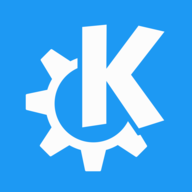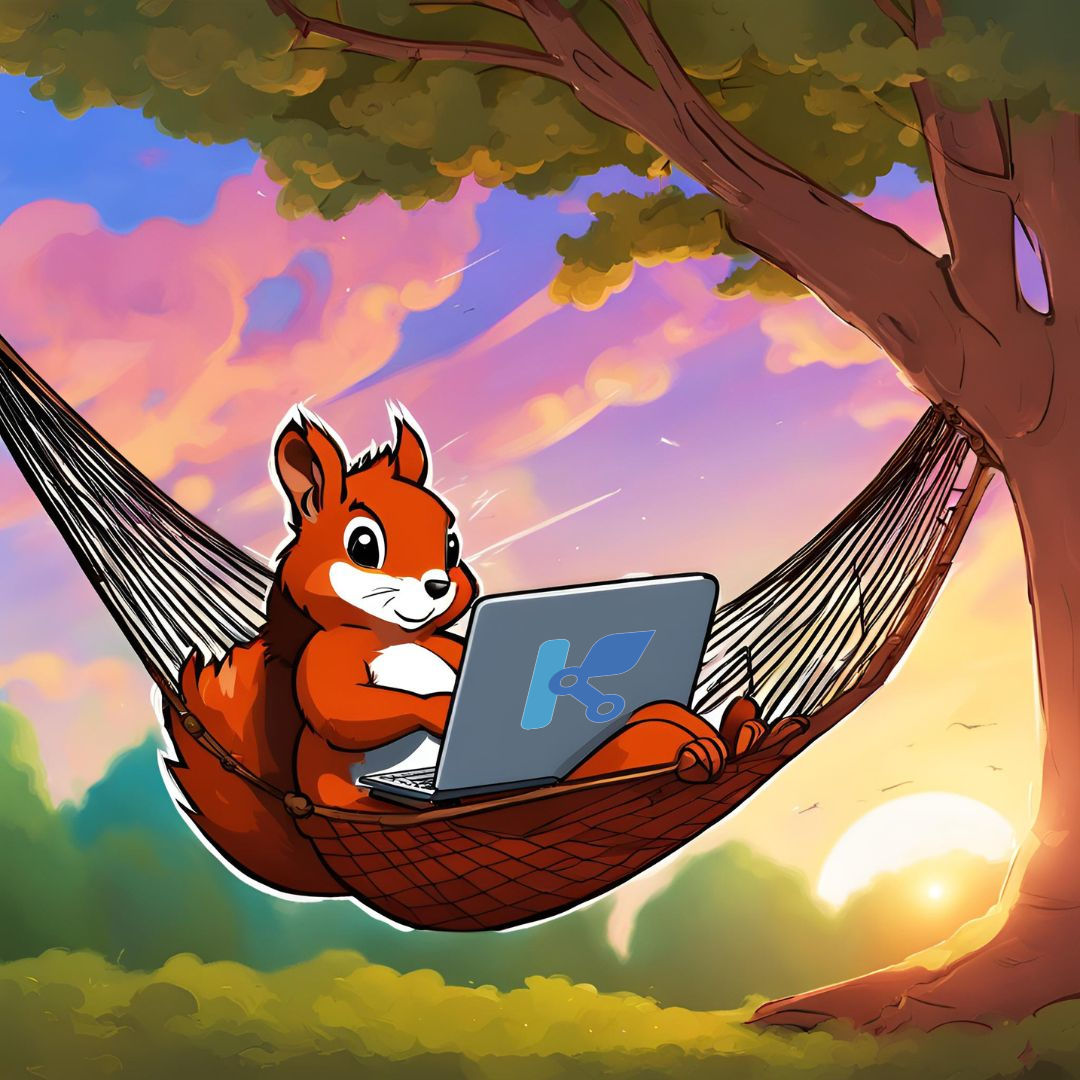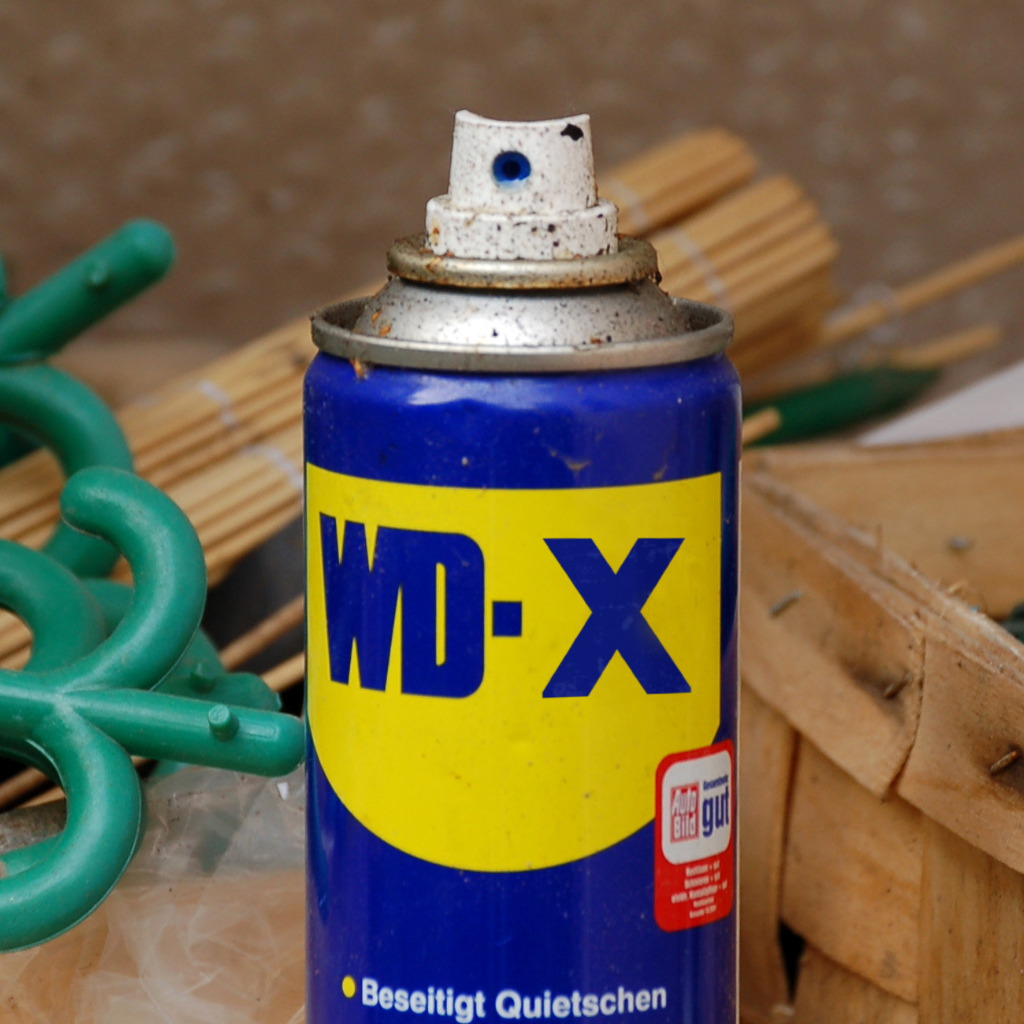Hi,
When pressing Ctrl-Alt-T when Konsole is already open, I would like for the existing window to be unminimized and for a new tab to be created, rather than a new window.
How to do this ?
Thanks
Yes very possible
- Open the konsole settings, enable “use a single process” (or something)
- Copy the konsole desktop entry from /usr/share/applications to ~/.local/share/applications and change
Exec=konsoletoExec=konsole --new-tab
I did this, works without issues
Open the konsole settings, enable “use a single process” (or something)
Yeah I did that already thinking it would solve this but I didn’t know there was an additional step to perform 😅
Copy the konsole desktop entry from /usr/share/applications to ~/.local/share/applications
So, I just did something stupid. 😭
- I ran
cp /usr/share/applications ~/.local/share/applicationsnot noticing that you didn’t specify the name of the file ; - I then noticed that it copied many more files than intended, so I ran
rm -r ~/.local/share/applications; - As I was gonna run
mkdir -p ~/.local/share/applications && cp /usr/share/applications/org.kde.konsole.desktop ~/.local/share/applications, I noticed a bunch of my apps disappeared, meaning this directory already existed and already had files that weren’t duplicates from/usr/share/applications.
How do I recover from that ?
Thank you
Lol ma boy
Good idea but obviously you should have looked what entries there were
diff --color=auto -qy ~/.local/share/applications /usr/share/applicationsWould have been the command.
Good luck getting your entries back! (And no,
rmhas no wastebin…)Normally only user customized ones go in there, maybe if you use hacky tools like appimage-manager or so they too.
Normally only user customized ones go in there, maybe if you use hacky tools like appimage-manager or so they too
Well, turns out those were user customized ones indeed, but that I never wrote myself : for adding environment variables to an application, I’d right-click it in the start menu then Edit Application, which opens a GUI editor that actually writes into
~/.local/share/applications.So, luckily, I didn’t loose any app : they eventually reappeared on their own and I only had to redo the customization.
Also, that made me realize that I can also use that same GUI to do the edit you suggested.
I don’t know how to recover exactly, but if none of the files were handwritten, they probably came from something like flatpak - applications installed specifically for your user. You should probably look into whatever you might be using to install software for help restoring/recreating the .desktop files, or worst case reinstall the software you lost them for.
On a side note, doesn’t cp error when trying to copy folders without the recursive flag?
if none of the files were handwritten, they probably came from something
Yep, I thought about Flatpak, but no, those are actually located in
/var/lib/flatpak/exports/share/applications.Turns out the files in
~/.local/share/applicationswere generated when I’d use the Edit Application GUI for adding environment variables to apps.So, I didn’t loose any app, I just had to wait for them to reappear and then reapply the environment variables.
doesn’t cp error when trying to copy folders without the recursive flag?
Yeah it actually did, but I didn’t think anything of it and just added the flag without thinking 😅
(Because I already forget it most of the time when I do intend to copy directories so I took the habit to mechanically press
HomethenCtrl-Rightthenspacedashr…)
- I ran
Mildly related, but maybe yakuake might be for you.
You make it start on startup. Then when pressing Ctrl alt T (or whatever you configure) it will retract/expand from the top. Can add another hotkey to open a new tab, etc
Yeah, I’m not a fan of this, but I understand some people are. Thank you for the suggestion !




